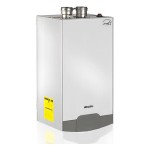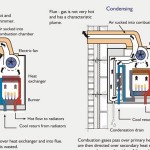Types of pipe fittings: attention to details
Contents [hide]
Types of pipes
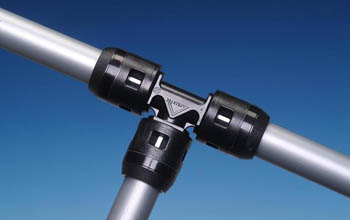
- Current materials substitute metal details and have been widely used due to its high strength and material lightness.
Plastic pipe is general notion. There different types of pipe material such as polyvinylchloride (PVC), polyethylene (PE), polyethylene of a low pressure (PLP), polypropylene (PP) and compound pipes, made of reinforced plastic and cross-linked polyethylene.
Polyethylene pipes are irreplaceable type of materials in the places of seismic hazards. No other hard metal pipe can handle such kind of deformational force, including extension and pipe breakage because of the freezing water. Plastic pipe stays functional in these severe conditions. Polyethylene pipes are not expensive and their fitting doesn’t require additional special tools. This plays a great role while pipe installation in hard-to-reach places or unfavorable conditions. These kinds of pipes have high level of corrosion and aggressive compound resistance. That prolongs their service life to 50 or more years without repairing and taking apart.
Solid accumulation is minimized owing to smooth surface, that’s why inner diameter of pipes doesn’t diminish.
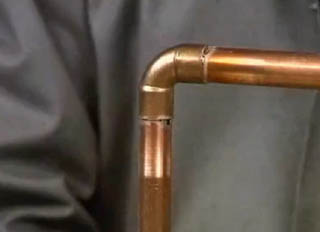
2. Steel pipes are still in use despite its corrosion processes. Owing to strength and robustness steel pipes are used instead of plastic ones at very high or low temperatures, differential temperature.
If steel bare pipe is processed with zink, its corrosion resistance increases greatly. The limit of plastic pipes is only +90-100º, but the steel pipes can resist +200º.
Plastic pipe can be easily put out of order with mechanical loadings and damages. On the other hand, steel pipes won’t be damaged because of the hit of heavy thing or cut with sharp instruments.
Water pipe systems have high level of corrosion; their inner parts oxidize easily, forming rust and solid accumulations. As a result, pipe gate can narrow, increasing pressure and causing water leaks. Hot water pipe systems less frequently face such kind of problems.
Types of pipe fittings
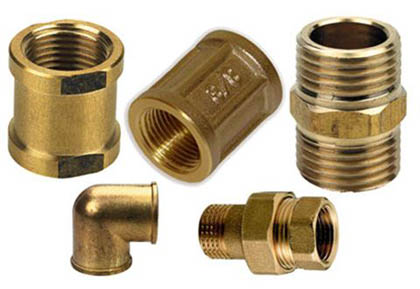
- There are two types of steel pipes installation – integral and detachable. Integral method means welding, detachable – connecting parts usage, i.e. fittings.
Fittings can have the shape of cross connection, angled bend, socket joint, T-socket, lock-nut, reducing bush, blind joint or pipe union.
Steel pipe fittings are connected by screwing. If the pipe has no thread, it can be done with special tools or metal-turning lathe.
Material for fittings can also vary: latten, copper, iron, cast iron or stainless steel. Steel pipe fitting can be chrome plated. As a rule, screwed fittings are used with 50 mm pipes.
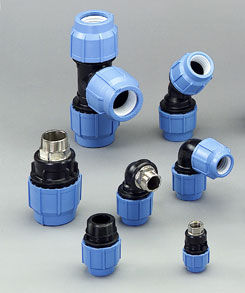
- Polyethylene pipes have two variants of connection. It can be with or without welding.
Welding connection means heating two ends of the pipe, connecting them and holding under the pressure till their full melding. If the welding process of pipes is done according to the rules and at right temperature level, you get tried and true weld throughout the years.
The second way of pipe connection is using fitting elements.
Pipe fittings can be of three variants: fitting with special heater, compression fitting and clamping steel flanges.
Pipe fittings should be used when a lot of distributions of pipeline system are needed. The main rule is to pick up fittings according to the size and diameter of pipes. It is very easy method as much as you don’t need welding tools but special tongs for screwing.
In addition special rubber gasket, screwed with hold-down nut, guarantees reliability functions and leak resistance. Nut tightening is made with common gas-pipe wrench and the main thing in this work is not to damage fitting screwthread. In order to ensure leak resistance the pipe should go all the way into the fitting. If you fail to comply with this rule, the leak can appear in course of time. Supplement measure can be stitch greasing with special embedding compound.
This is perfect variant for gas pipe line installation or water systems of free flow. Even without a particular experience you can install water lines from polyethylene pipes for watering your garden as an example. All you need is to count the amount of the materials for water supply system construction, a number of fillings and their shape.
It’s better to make initial scheme of your future water pipeline system with all circuits, turns and branches.
- popular
- new



